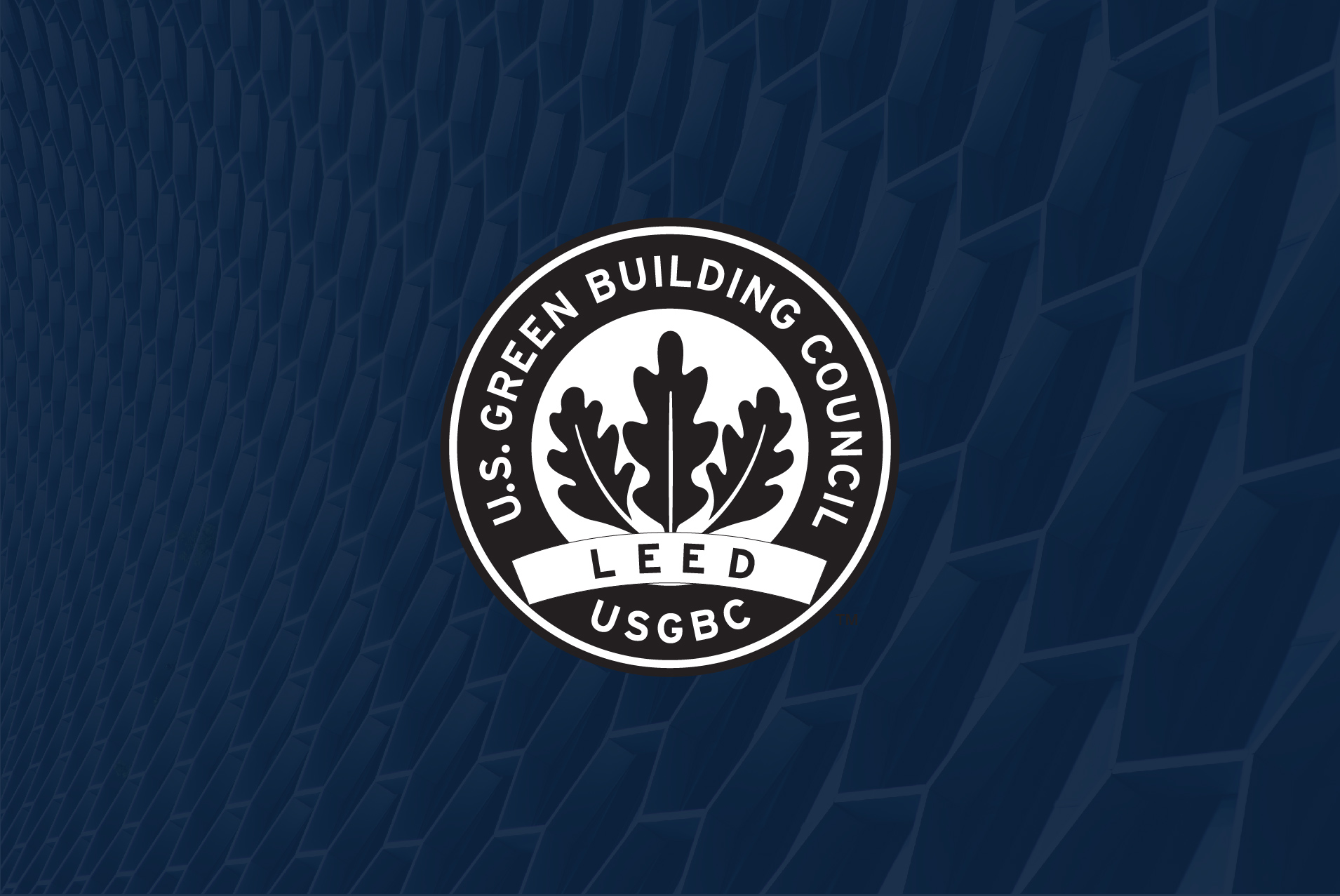Among the many firsts presented by the new School of Data Science is its recognition as a Leadership in Energy and Environmental Design (LEED) certified facility. Below you can find out more about this designation and why it matters to the Roadrunner community.

What does the LEED designation mean?
Leadership in Energy and Environmental Design (LEED), is the most widely used green building rating system in the world and provides a framework to create healthy, highly efficient, and cost-saving buildings. Using a point system, buildings are scored based on the sustainability of their design and construction.
What features set LEED facilities apart from traditional buildings?
LEED buildings are designed and built using strategies aimed at improving performance across metrics such as energy savings, water efficiency, CO2 emissions reduction, improved indoor environmental quality, and stewardship of resources and sensitivity to their impacts.
What benefits does a LEED building offer to the UTSA and San Antonio communities?
LEED buildings provide large-scale benefits to the wellbeing of their occupants and surrounding environment. For students, a building focused on air, water, light, and material quality means a healthier learning environment. As an example, natural daylight throughout all six levels of the building reduces stress and provides a relaxing contrast to the screens that will be a staple of the School’s technology-heavy program. LEED certification also has positive impacts for the wider San Antonio community who will interact with the exterior of the new building. The landscaped areas on the site will be used to retain, clean, and reuse stormwater, helping to dramatically reduce the amount of runoff and the need for potable water irrigation. The building’s grounds will also provide a thriving landscape for native plants and wildlife, as well as much needed shade during Texas summers.
Are there any projected financial savings from a LEED versus traditional building?
One of the exciting aspects of LEED is that it establishes a framework of accountability – performance metrics for the site and building systems are measured. The university can track, adjust, and optimize energy and water use to better control utility costs. Utility costs are particularly important for the School of Data Science due to the high energy demands of its multiple data centers, secured high tech spaces, and a need for redundancy. Using the LEED model can help reduce the facility’s needed energy capacity and control UTSA’s capital investment and operational costs.
What does it mean for the university’s sustainability efforts?
Achieving the LEED certification reinforces the university’s commitment to the design, construction, and operation of sustainable environments to create the best learning spaces for their students, faculty, and staff. The decision to locate the building within the Main Plaza historic district as a new extension of the downtown campus is a major investment in San Antonio’s urban core, in walkable, bikeable, public transit-oriented environments, and in densifying and activating an underutilized site. Beyond the quantifiable benefits, the LEED designation has the potential to inspire students and the public to learn more about healthy and energy efficient buildings.
